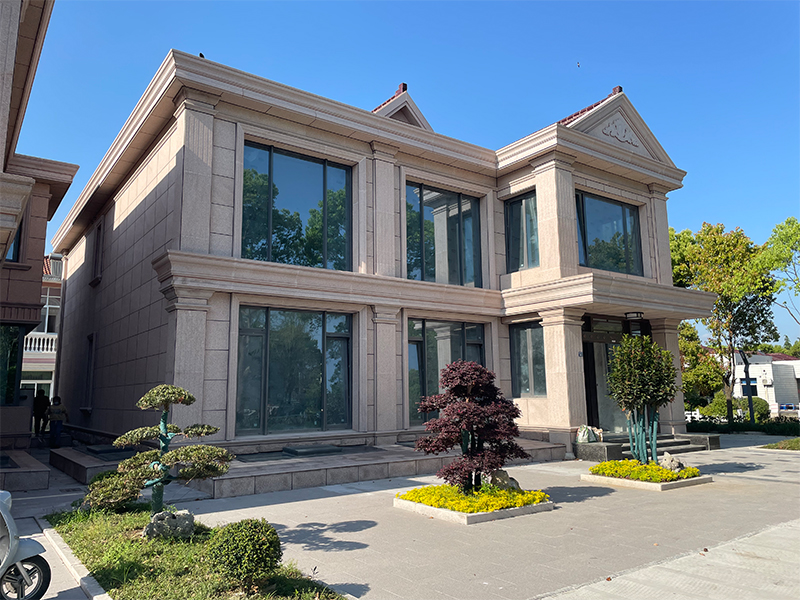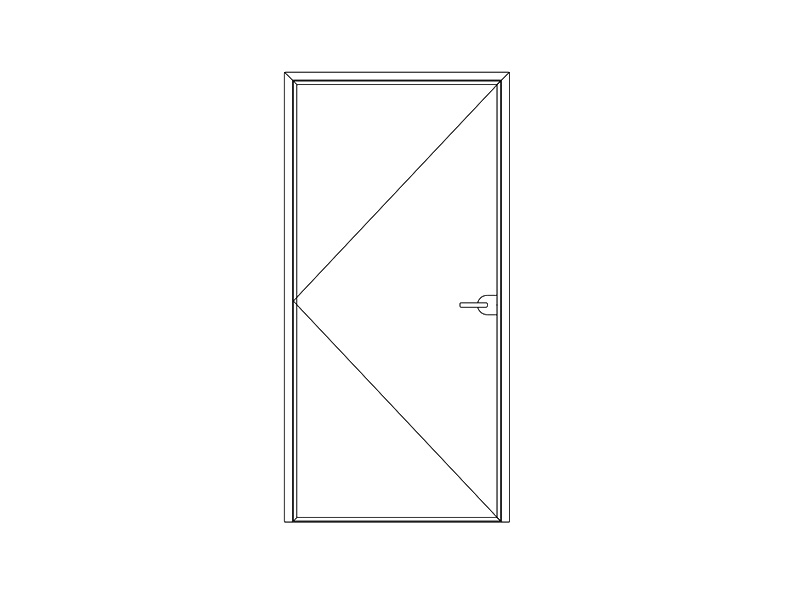Power resistors are essential components in countless electronic and electrical circuits, designed to manage and dissipate significant amounts of electrical energy, typically converting it into heat. In high-power applications, the efficiency and safety of this heat dissipation process are paramount. This is where power resistor aluminum cases play a crucial and often underestimated role.
Superior Thermal Management
The primary function of the aluminum casing is to provide superior thermal management for the resistor element housed inside. High-power resistors generate substantial heat, and if this heat isn't effectively removed, it can lead to component failure, drift in resistance value, or damage to surrounding circuitry.
Aluminum is the material of choice for these cases due to its excellent properties:
-
High Thermal Conductivity: Aluminum is highly effective at conducting heat away from the resistive element.
-
Lightweight and Robust: It provides a strong, protective enclosure without adding excessive weight.
-
Easy to Extrude and Machine: This allows for the creation of cases with integrated features like mounting holes and, most importantly, fins.
The aluminum cases are often finned , which significantly increases the surface area exposed to the air. This enhances convection cooling—the process where heat is transferred away by the movement of air over the hot surface—allowing the resistor to operate at a lower, safer temperature for a given power load. This translates directly into higher power handling capability and a longer operational lifespan for the component.
Robust Protection and Mounting
Beyond thermal considerations, power resistor aluminum cases offer crucial mechanical protection and standardized mounting.
-
Protection: The sturdy enclosure safeguards the delicate resistive element from physical damage, dust, moisture, and vibration—factors commonly encountered in industrial, automotive, and harsh-environment applications. The cases are frequently filled with an insulating, heat-conducting compound (like a ceramic cement or silicone potting material) to fully encapsulate the resistor element, further enhancing thermal transfer and mechanical stability.
-
Easy Installation: These cases typically feature dedicated mounting tabs or holes, allowing for easy and secure installation onto a chassis, panel, or dedicated heat sink. The base of the aluminum case usually provides a flat, large-area interface for direct contact with a heat-sinking surface, ensuring maximum heat transfer via conduction.

Key Applications
Due to their robust construction and excellent power handling capabilities, resistors housed in power resistor aluminum cases are indispensable in demanding applications such as:
-
Motor Control/VFDs: Used as braking resistors to safely dissipate the kinetic energy generated by an electric motor when it slows down.
-
Renewable Energy: Employed in inverters for solar and wind power systems.
-
Automotive: Found in electric vehicle (EV) battery management and charging circuits.
-
Power Supplies: Used as load resistors for testing, or as current limiting and discharge components.
In summary, the design and material science behind power resistor aluminum cases are critical factors that transform a simple heat-generating component into a reliable, high-performance solution essential for modern high-power electronics.












